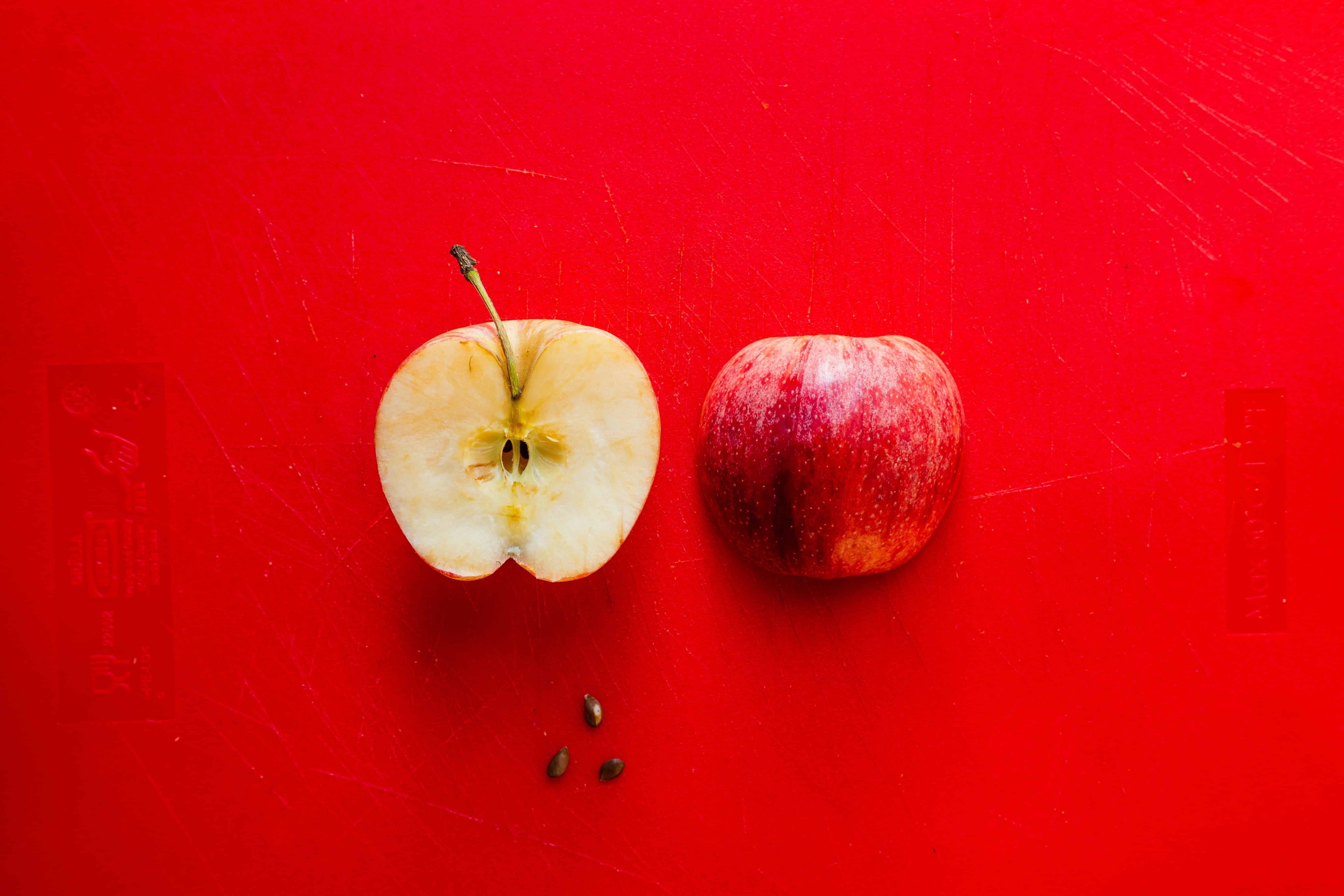
Fruit is necessary in the diet, although each person has their preferences and tastes. The apple is usually one of the most consumed for its flavor, but we do not pay attention to its appearance.
Have you ever wondered why it has a dimple on the top? If it really hangs from the tree, why doesn't it have a more elongated shape? The science has revealed in a study why does it get that shape and have a dimple-shaped cusp.
The growth of the apple gives that shape
Basically, this physiognomy is the result of the different phases of growth between the mass and the stem, according to the new mathematical study of the fruit. Apples are relatively spherical, apart from the dimple at the top. But, a team from Harvard University in Cambridge set out to see if they could understand why the fruit has its unusual shape.
The scientists used a gel that could adapt that shape over time. This helped them replicate the way an apple grows, and they compared it to the growth of real apples in an orchard. Combining this with mathematical modeling revealed that the underlying anatomy of the fruit (the way it grows at different rhythms and mechanical instability) play a joint role in the elevation of the dimple, the lower ridges, and the general shape of the fruit.
Dr. Lakshminarayanan Mahadevan, the lead author of the study, had previously developed a simple theory to explain the shape and growth of apples. However, the project began to bear fruit when the researchers were able to connect observations of real apples at different stages of growth.

A mathematical theory solves the unknown
To understand the evolution of the shape of the apple and the cusp, the researchers turned to a long-standing mathematical theory known as singularity theory.
Singularity theory is used to describe a number of different phenomena. This can be used to learn about black holes or more abstract examples, like light patterns at the bottom of a swimming pool and crack propagation. «These focal points can sometimes take the form of singularities where the deformations are located.said the author, adding that "a ubiquitous example is seen in the apex of an apple, the inner dimple where the stem meets the fruit«.
The team of researchers suggests that the particularity in this case is a slight alteration in the speed of growth around the stem, compared to other parts of the apple, creating a dimple. The top of the apple has nothing in common with the light patterns in a swimming pool, but it has the same shape as them.
The team used numerical simulation to understand why the growth of the fruit's rind and core form a cusp. They then corroborated the simulations with experiments that mimicked the growth of apples using gel that swelled over time. The experiments showed that different growth rates between the bulk of the apple and the stem region resulted in the dimple-shaped cusp.
These changes and cusp shapes are seen in some apples and other fruits, such as peaches, apricots, cherries and plums. The team discovered that the anatomy of the fruit may have joint functions by giving rise to multiple cusps in all similar fruits.
The authors say that the nature of the molecular signals that trigger growth inhibition near the stem should be explored in the future. They also want to look at the mechanisms that link cells to changes in the tissues of the fruit.